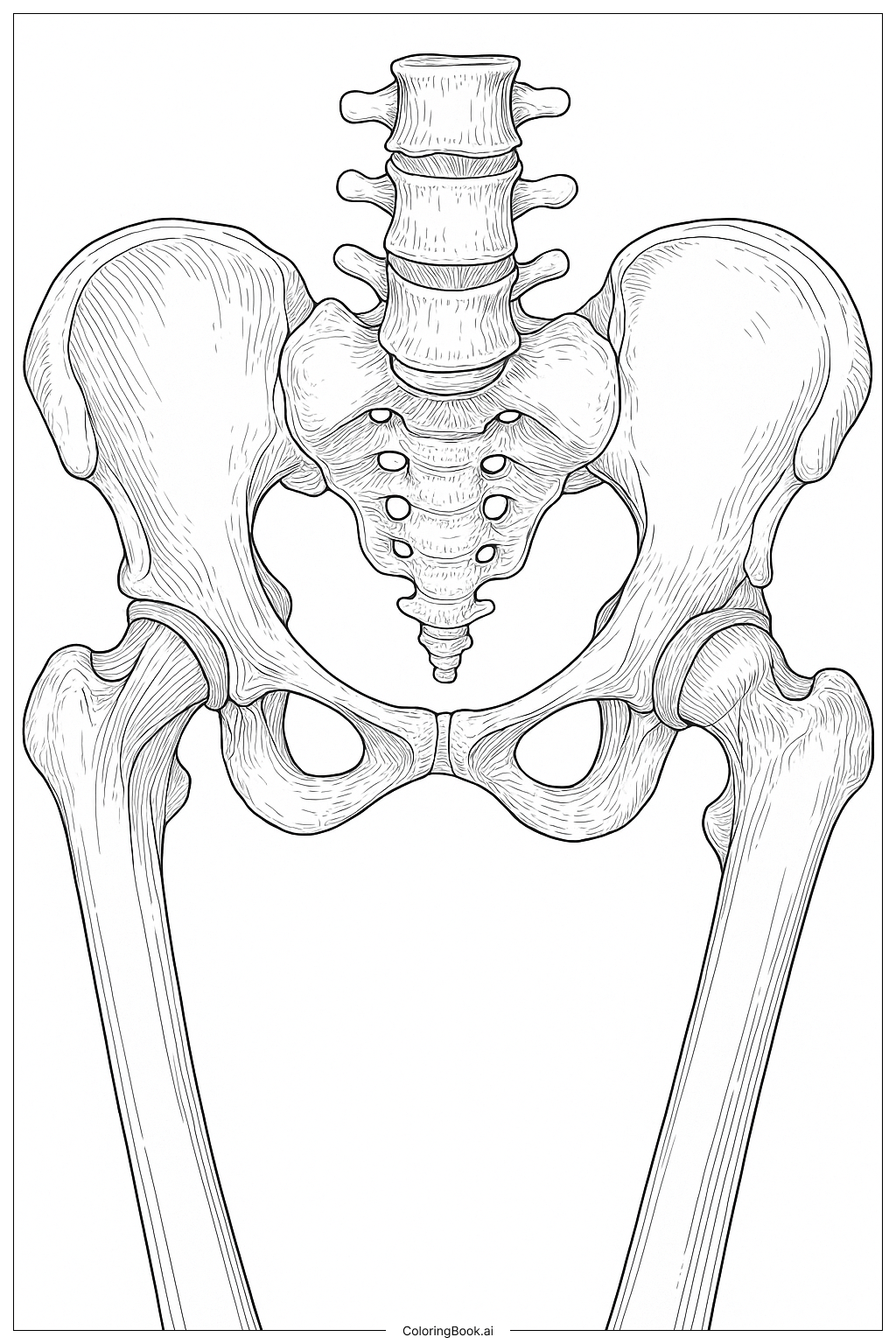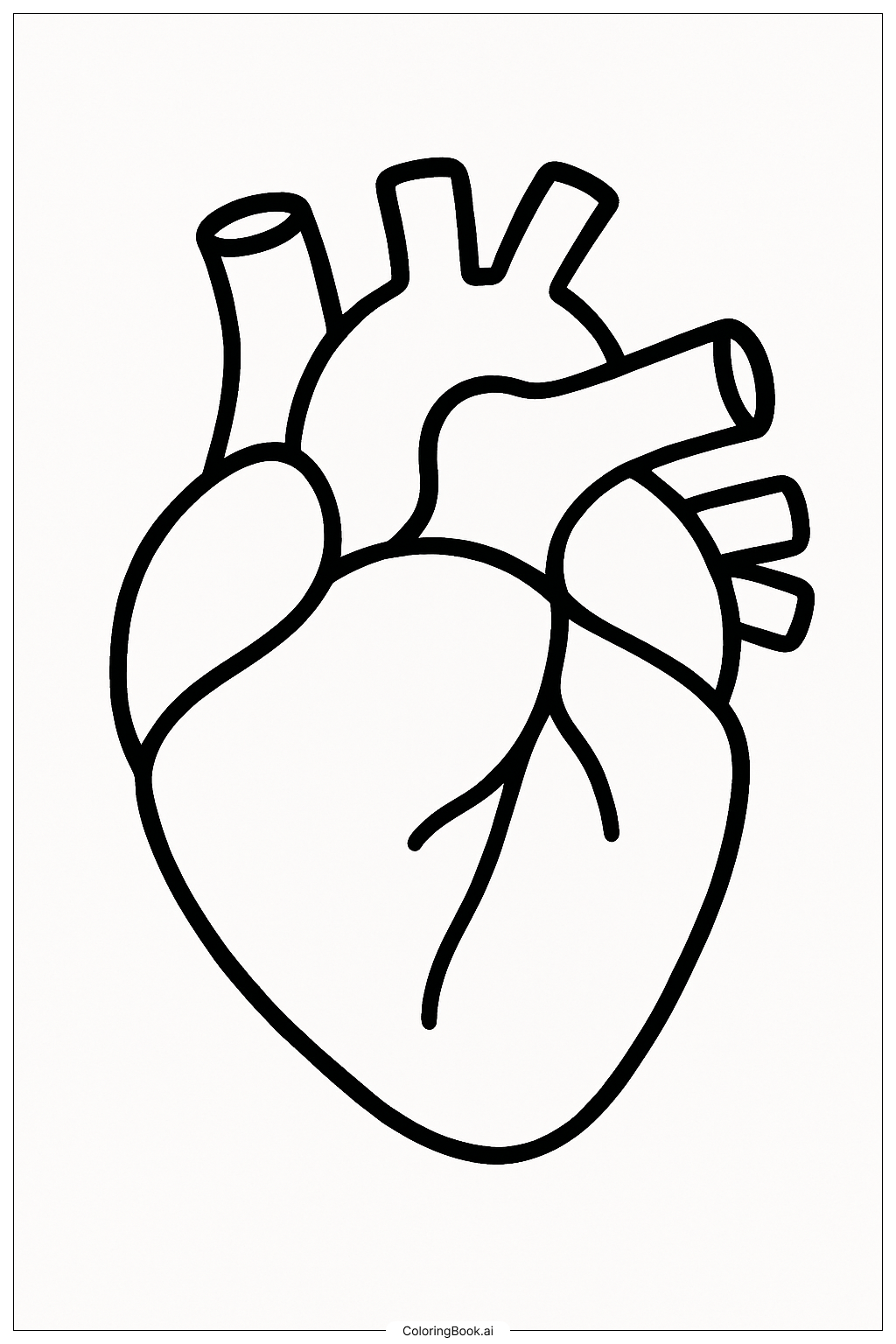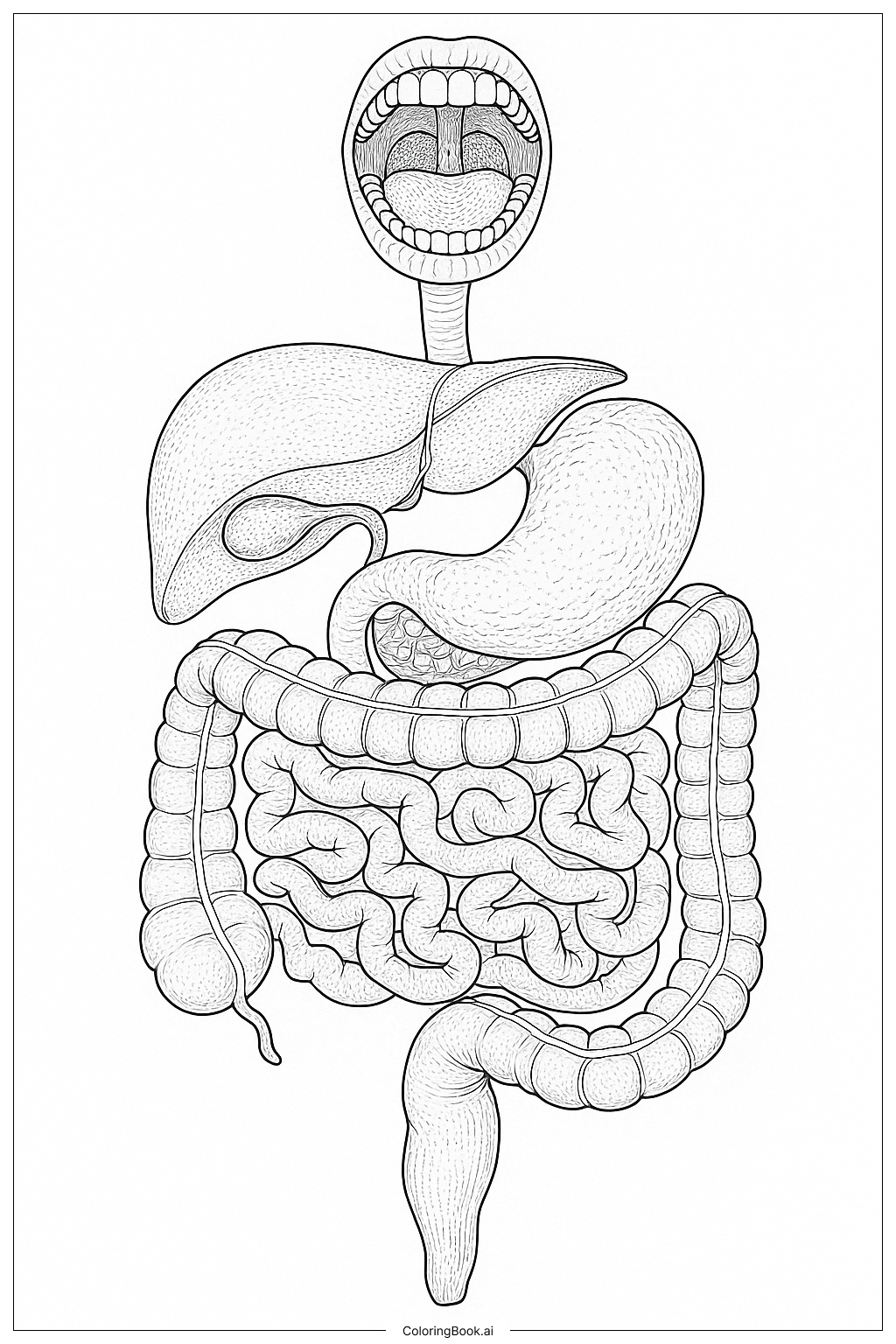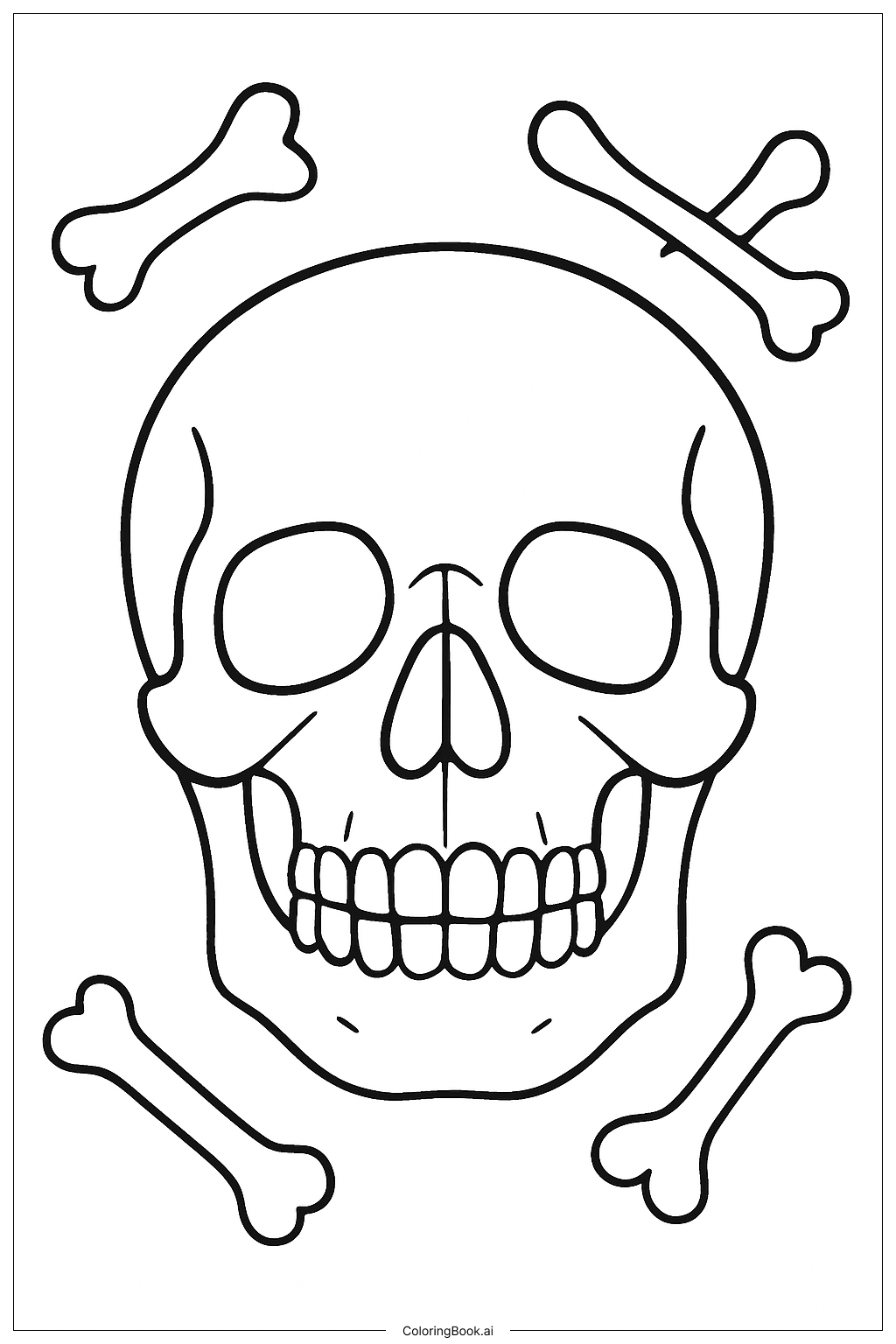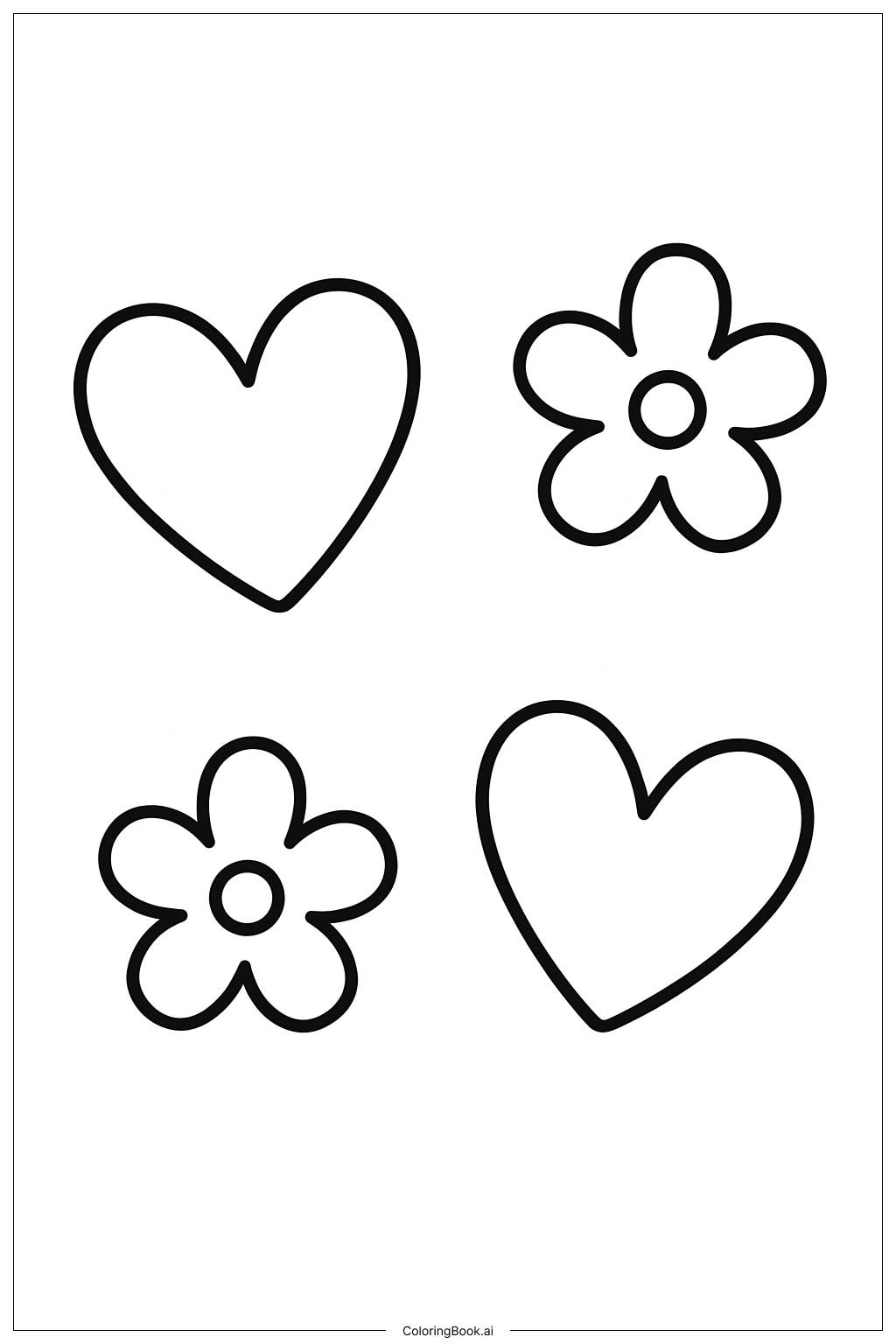Coloring tips: How to color Detailed Pelvis And Hip Anatomy coloring page well?
Use different shades of brown, beige, or gray to color the bones, making each part distinct. Try lighter colors for areas exposed to light and darker shades for the shaded parts. You can also add blue or green to the background to make the bones stand out. Pay attention to the curves and joints by coloring them carefully to show the round shapes. Take your time to stay inside the lines for a neat and clean picture.
Coloring challenges: Which parts are difficult to color and need attention for Detailed Pelvis And Hip Anatomy coloring page?
1. The many tiny lines and details that show bone texture can be hard to color without going over them.
2. The curved shapes and joints need careful coloring to keep their roundness and prevent flat coloring.
3. Coloring symmetrical parts on both sides evenly can be challenging to make the image balanced.
4. The close spaces between bones require steady hand control to avoid mixing colors.
5. Adding shading to show depth while keeping the image clear can be difficult for beginners.
Benefits of coloring books: Advantages of drawing Detailed Pelvis And Hip Anatomy coloring page
Coloring this pelvis and hip anatomy page helps children learn about the human skeleton. It improves motor skills by practicing careful hand movements. The detailed drawing encourages focus and patience. It also boosts understanding of body structure and bones. Children can enjoy a fun activity while gaining knowledge about how their body works.
